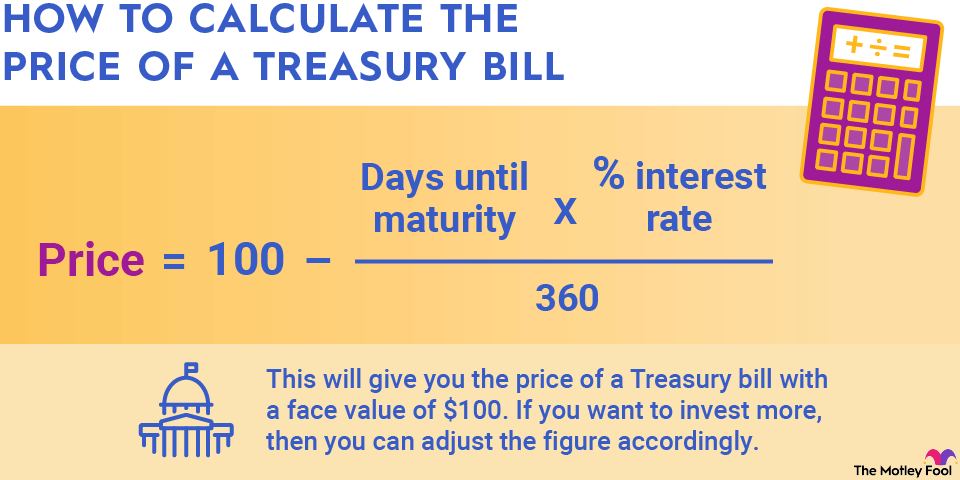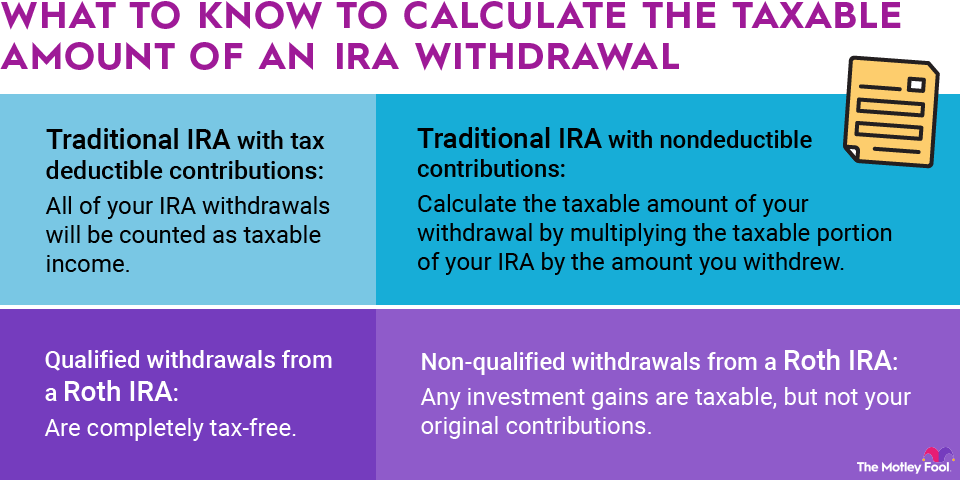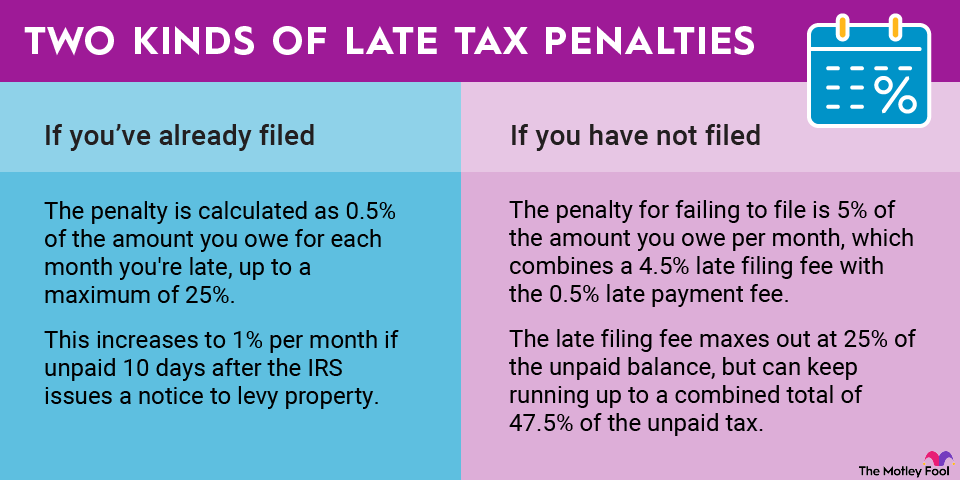How supply and demand interact to determine price is one of the most basic principles of economics. In a free market with no taxation, buyers and sellers reach an equilibrium price and production volume that maximizes the value of the goods or services to both parties and the economy.
Taxes put an additional cost into the supply and demand consideration, and the resulting impact on demand creates what economists call a deadweight loss. Measuring the deadweight loss to taxation requires knowing or estimating what the supply-demand equilibrium was before the tax and comparing it to the situation after the tax.

The concept of deadweight loss
The idea behind deadweight loss is that when disruptions to the free market occur, they result in an inefficient allocation of resources compared to the regular equilibrium. Government action is one common source of those disruptions, either through direct control of markets, such as price ceilings, or through taxes that effectively raise the price of goods and services.
In supply and demand terms, when the government imposes a tax, the higher price reduces consumer demand. That, in turn, leads to a new equilibrium that involves less production volume. Despite the higher price, the sum of the money collected in the tax and what the producer receives for the goods is less than the value of the goods produced and sold in the absence of the tax.
An example of deadweight loss
As a simple example, say that customers are willing to buy 10 units of a good at $2 but only five units of a good at $3. In the absence of a tax, suppliers offer 10 units, and the equilibrium works out to $2 per unit. The total value of production is 10 units multiplied by $2 per unit, or $20.
Now, say the government imposes a tax that pushes the equilibrium price up to $3. In that case, customers will only buy five units, and the total amount collected by the seller and the tax will amount to 5 units, times $3 per unit or $15.
The deadweight loss is equal to the difference between the two situations divided by two. So, in this example, deadweight is $20 minus $15 or $5 divided by two, which yields a final deadweight loss of $2.50.
The amount of the deadweight loss varies with the shape of the supply and demand curves, and not all taxes have the same impact. Nevertheless, under basic free-market economics, taxation imposes a deadweight loss on the economy, preventing buyers and sellers from reaching a sweet spot in their transactions.


















